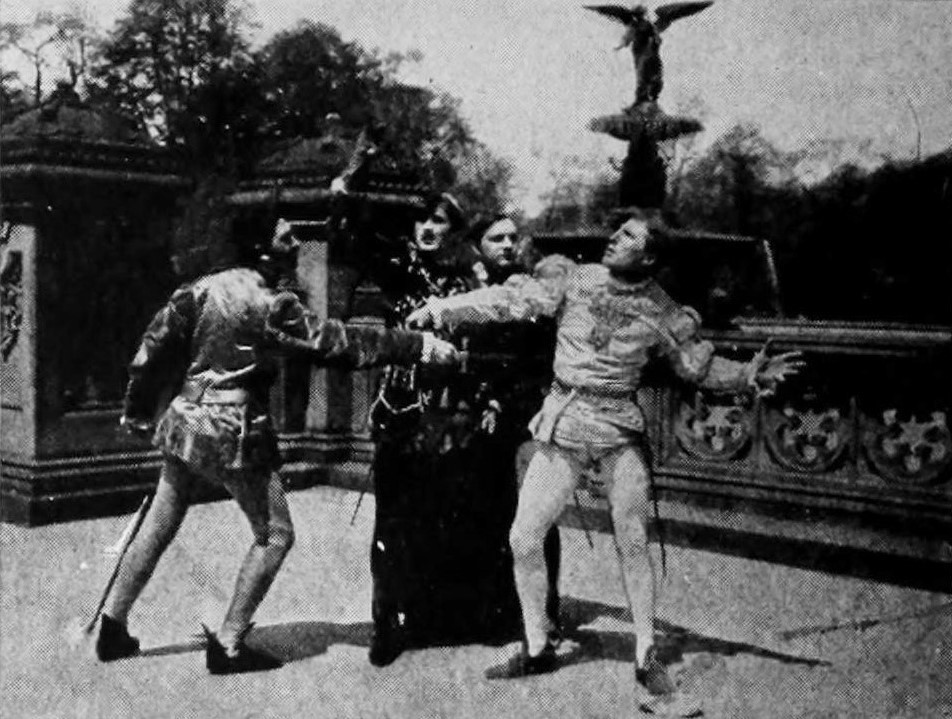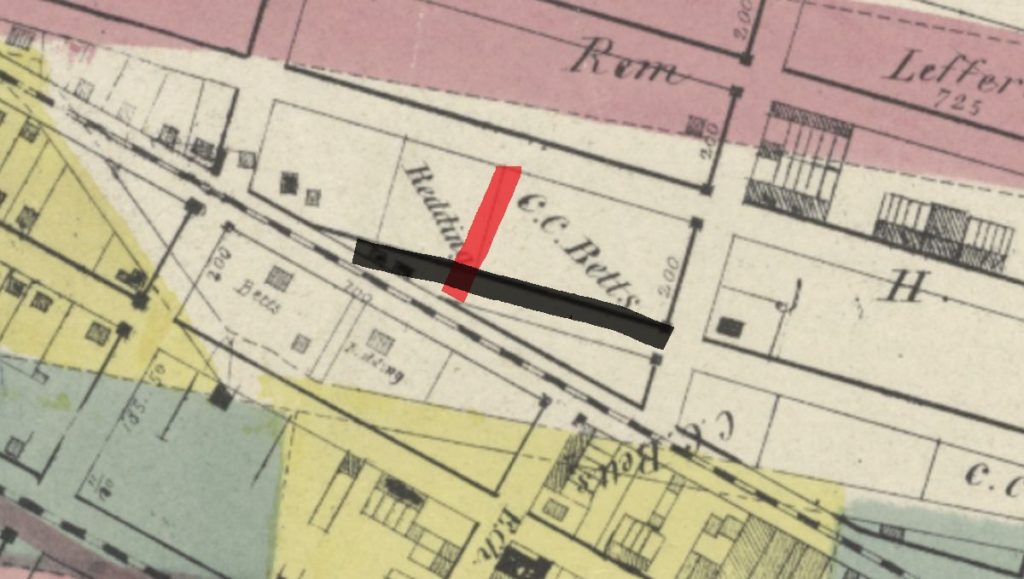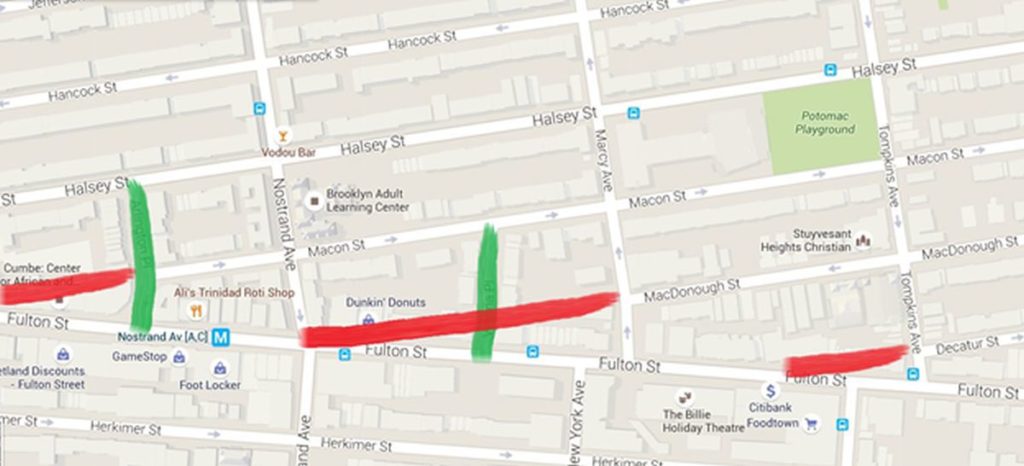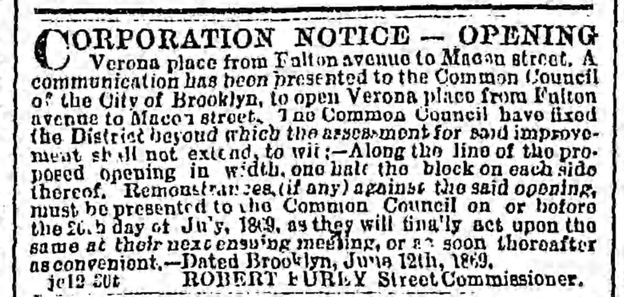ROMEO & JULIET “COME TO” BROOKLYN (1866)

Brownstone Detectives investigates the history of our clients’ homes.
The story you are about to read was composed from research conducted in the course of one of those investigations.
Do you know the history of YOUR house?
********************************************************************************************************************************
The City of Brooklyn’s street grid system was still in its infancy in 1860, some 25 years after it had originally been laid out in Brooklyn maps in 1835.
As builders began to buy up land, and as city elders watched the progress of speculative construction move continuously eastwards, it became apparent that some adjustments to the street grid were going to be necessary.

SHAKESPEARE TO THE RESCUE
Throughout the early 1860s, various New York State legislators from Kings County – likely in consultation with builders, land owners, and lawyers – began to plan these adjustments.
These adjustments would come into being in two ways: 1) as extensions of certain streets through land that had originally been planned for building purposes, as well as 2) the closures of certain other portions of streets that had made other parcels of land unusable for building purposes.
Thus, a legislative amendment to the Commissioners’ Map of the City of Brooklyn was in the works, and Brooklyn senators, having consulted professionals on the proposed changes, got to work on the wording to make the needed adjustments.
In the end, six adjustments would be proposed – one of which was the creation of the very Shakespearean street moniker, Verona Place.

“WHAT’S IN A NAME?”
Considering the inconveniently shaped blocks existent near to Fulton Street at the time, it was easy to see – understanding that the 100’ X 25’ size of building lots was the average in the area – that, according to builders, a sizable proportion of property – especially unusable interior lots and extra-long, oddly-shaped, & difficult-to-sell lots – was being wasted.
Thus, the stretches of Macon Street, McDonough Street, and Decatur Street, all which terminated at Fulton Street (formerly Fulton Avenue), would be eliminated, while two new streets – Verona Place & Arlington Place – would be cut through the block from Halsey Street to Fulton Street, and Macon Street to Fulton Street, respectively.
This, it was felt, would solve the land use problem.
THE LEGALESE IS WROUGHT

In the 8 February 1866 edition of the Brooklyn Daily Eagle, a story entitled “Altering Commissioners’ Map” noted that the Senate bill to alter the Commissioners’ Map of the City of Brooklyn had come up, and that a “Mr. Murphy” (New York State Senator Henry Cruse Murphy) had moved to amend the Commissioners’ Map legislation by striking out a large portion of it and inserting new language.
For Verona Place it read thus:
“A street is hereby laid out between Nostrand and Marcy aves., 70 feet wide, and extending from Fulton av. To Macon st., the easterly side thereof, commencing on the northerly side of Fulton av. At a point distant 325 feet westerly from the northwesterly corner of Fulton av. And Marcy av., as hereinbefore altered, and running from thence northerly at right angles to Fulton av. To Macon st. The street thus laid out shall be called Verona place.”
“IN FAIR VERONA WHERE WE LAY OUR SCENE…”
The reasoning behind the selection of the name “Verona” is lost to time. It can be surmised that the individual who chose the name may have been a fan of Shakespeare’s works, as three of the bard’s plays used the Italian city as its setting.
Alternatively, the name may have been a reference to the New York town of Verona (which, in turn, of course, had been named after the Italian city).
By 1869, the City of Brooklyn was formally “opening” Verona Place, followed by its paving the ensuing year.
…but, of course, Verona Place by any other name would smell as sweet…
———————————————————————————————————————–
 Brownstone Detectives is an historic property research agency. Our mission is to document and save the histories of our clients’ homes. From our research, we produce our celebrated House History Books and House History Reports. Contact us today to begin discovering the history of your home.
Brownstone Detectives is an historic property research agency. Our mission is to document and save the histories of our clients’ homes. From our research, we produce our celebrated House History Books and House History Reports. Contact us today to begin discovering the history of your home.